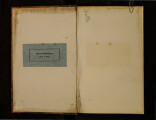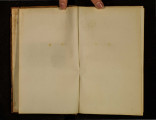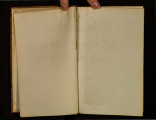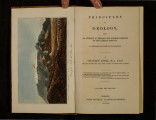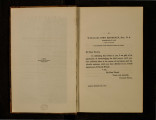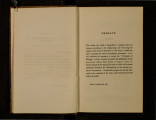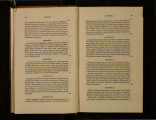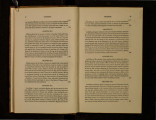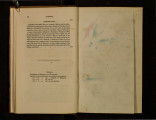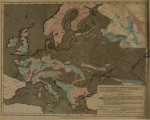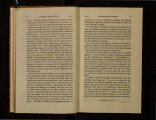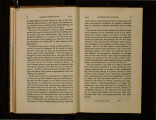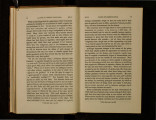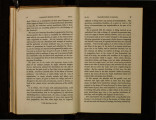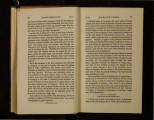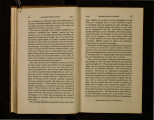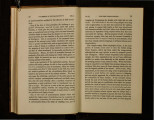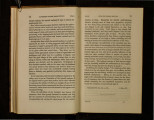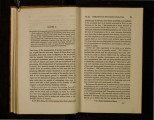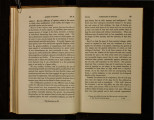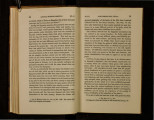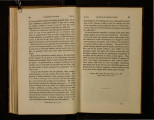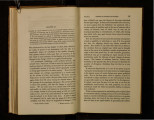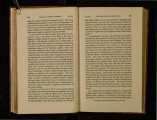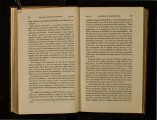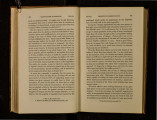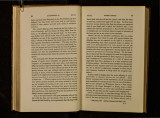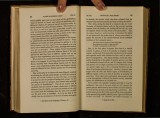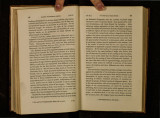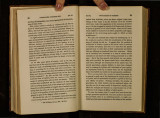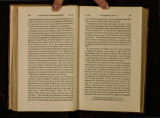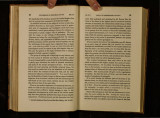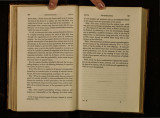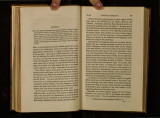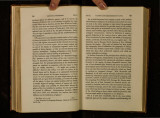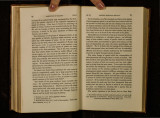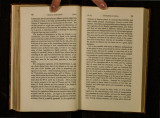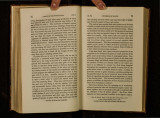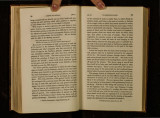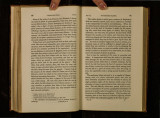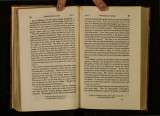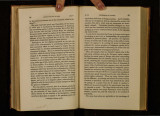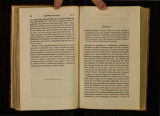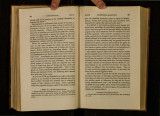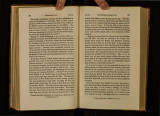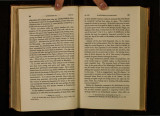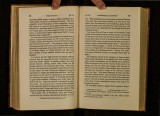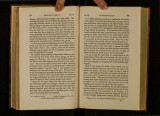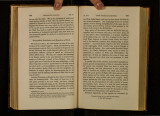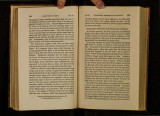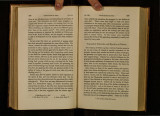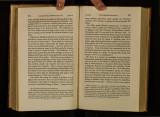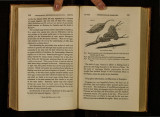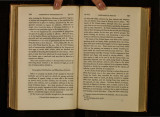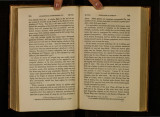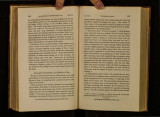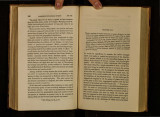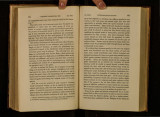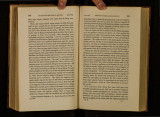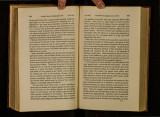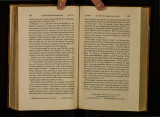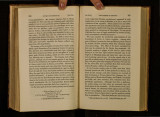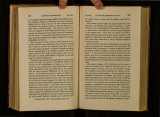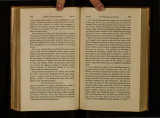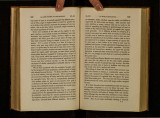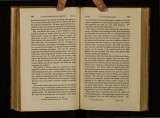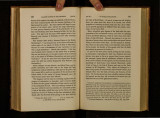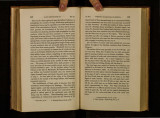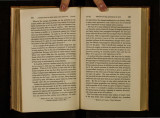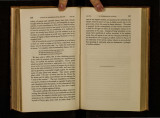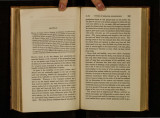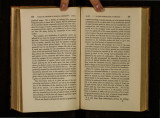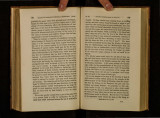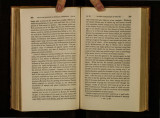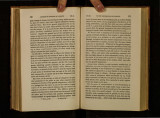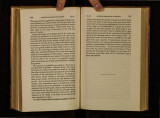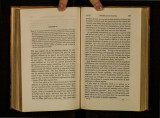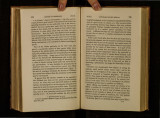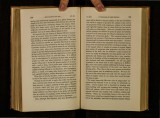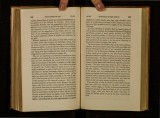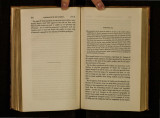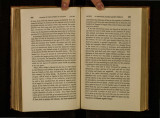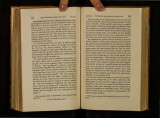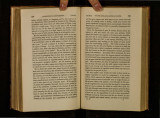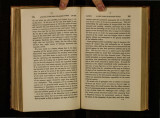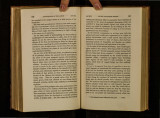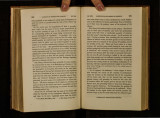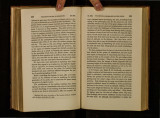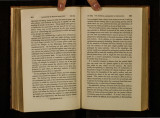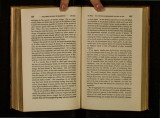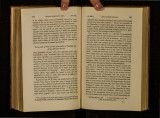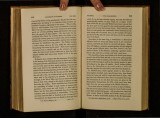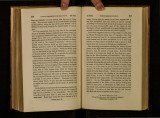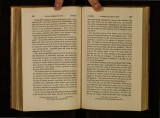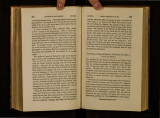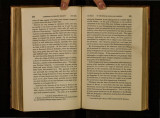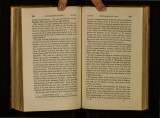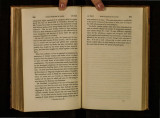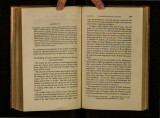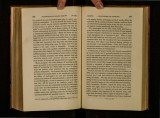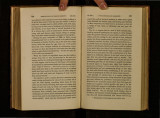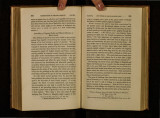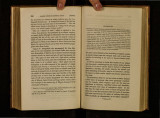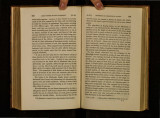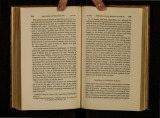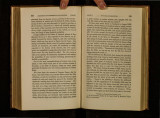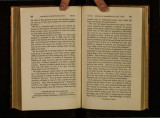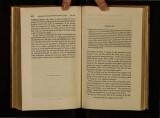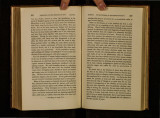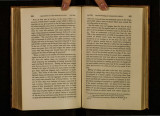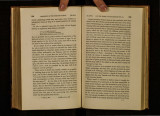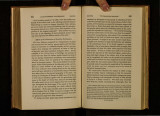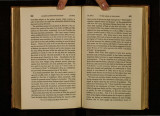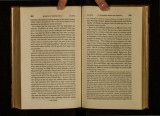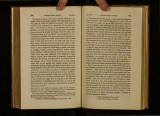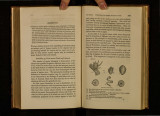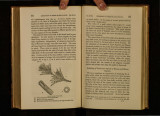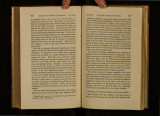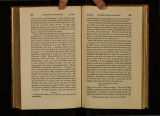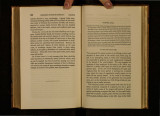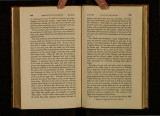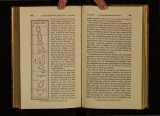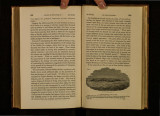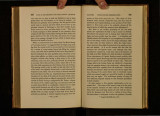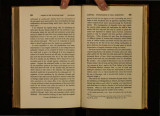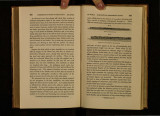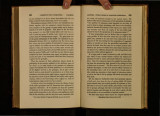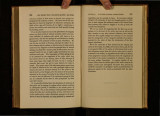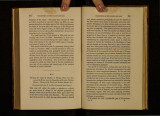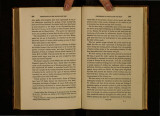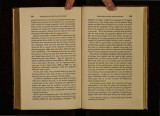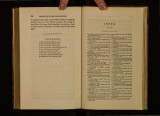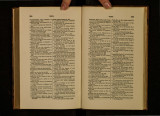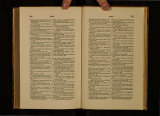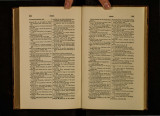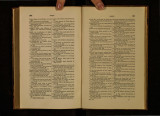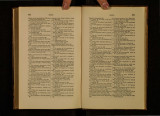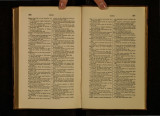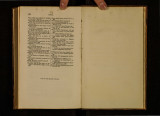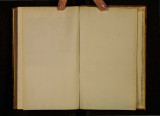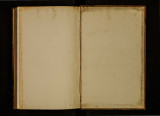| OCR Text |
Show EXPERIMENTS ON [Ch. IV. man. D r. P ri.c hat·d , in his " Physical History of Manl<ind," c1· tes examp1 e s wh ere the peculiarities o.f the parents hav.e been transm1· tte d very unequa11y to the offsprmg ; as where children, enti·r e1 y w1 u ' te , or perfectly black, have sprung from the union of the European and the negro. Som~times. the colour, or other peculiarities of one parent, after havm~ fa1led to show themselves in the immediate progeny, reappear m a subsequent generation, as where a white child is born of two black parents, the grandfather having been a white *. The same author judiciously observes, that if different species mixed their breed, and hybrid races were often propagated, the animal world would soon present a scene of confusion · its tribes would be everywhere blended together, and we sho~ld, perhaps, find more hybrid creatures than genuine and uncorrupted races t. The history of the vegetable kingdom has been thought to afford more decisive evidence in favour of the theory of the formation of new and permanent species from hybrid stocks. The first accurate experiments in illustration of this curious subject appear to have been made by Kolreuter, who obtained a hy~rid from two species of Tobacco, Nicotiana rustica and N. pamculata, which differ greatly in the shape of their leaves, the colour of the corolla, and the height of the stem. The stigma of a female plant of N. rustica was impregnated with the pollen of a ma~e plant of N. paniculafa. The seed ripened and produced a hy~rid which was intermediate between the two parents, and ~vhich, like aU the hybrids which this botanist brought up, had imperfect stamens. He afterwards impregnated this hybrid with the 'pollen of N . paniculata, and obtained plants which much more resembled the last. This be continued through several generations, until, by due perseverance, he actually changed the N ·icotiana 'rustica into the Nicoliana paniculata. The plan of impregnation adopted, was the cutting off of the anthers of the plant intended for fructification before they had * Vol.i., p. 217. t Ibid., vol. i., p. 97. Ch. IV.] HYBRID PLANTS. 53 shed pollen, and then laying on foreign pollen upon the stigma. The same experiment has since been repeated, with success, by Wiegmann, who found that he could bring back the hybrids to the exact likeness of either parent, by crossing them a sufficient numbet· of times. The blending of the characters of the parent stocks, in many other of Weigmann's experiments, was complete; the colour and shape of the leaves and flowers, and even the scent, being intermediate, as in the offspring of the two species of verbascum. · An intermarriage, also, between the common onion and the leek (Allium cepa and A. porrum) gave a mule plant, which, in the character of its leaves and flowers, approached most nearly to the garden onion, but had the elongated bulbous root and smell of the leek. 'l'he same botanist remarks, that vegetable hybrids, when not strictly intermediate, more frequently approach the female than the male parent species, but they never exhibit characters foreign to both. A re-cross with one of the original stocks, generaJly causes the mule plant to revert towards that stock; but this is not always the case, the offspring sometimes continuing to exhibit the character of a full hybrid. I~ general, t.he success attending the production and perpetmty of hybrids among plants, depends, as in the animal kingdom, on the degree of proximity between the species intermarried. If their.organization be very remote, impregnation never takes .p lace; If somewh.a t less distant, seeds are formed , but a1 w ays Impe.rfect an.d stenl. The next degree of relationship yields hybrid see~lmgs, but these are barren; and it is only when the parent species are very nearly allied, that the hybrid race may be perpetuated for several generations. Even in this case the best authenticated examples seem confined to th . f I b 'd · e crossmg 0 l.Y 1'1 s With individuals of pure breed. In none of tl1 e expe-riments most accurately detailed does it appear that both the parents were mules . . W~egmann diversified, as much as possible, his mode of brmgmg about these irregular unions among plants. He often |



